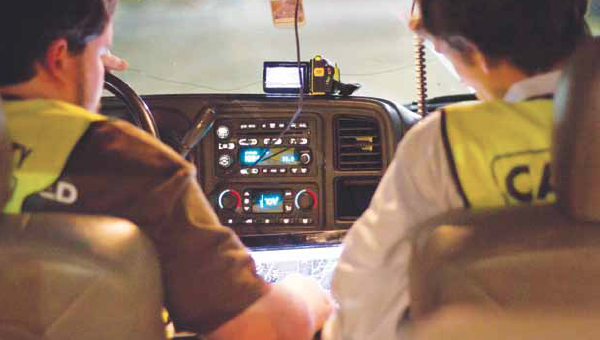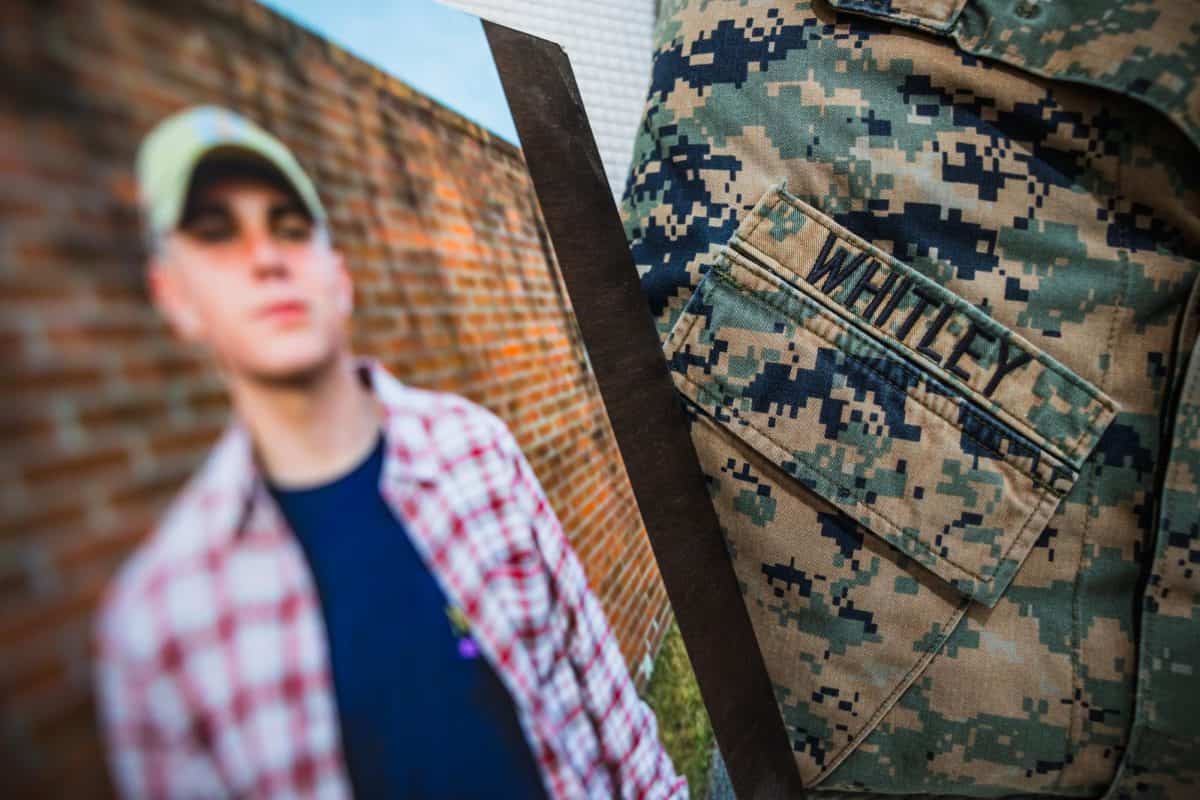When reports of possible severe weather began breaking Tuesday, members of The University of Alabama Meteorological Society immediately tweeted their own forecast for Tuesday night and Wednesday morning.
Including a weather map and specific breakdown of what the forecast could mean for Tuscaloosa, UAMS pushed out their information to inform their 3,000 Twitter followers and reached out to even more members of the UA community via hashtags, like #UAchat.
In addition to informing the UA community of weather alerts, UAMS has been known to deploy its “storm spotter” teams, comprised of FEMA-certified and National Weather Service-trained spotters, to chase storm systems in the region.
Now, thanks to $11,000 worth of upgrades and equipment, the group is poised to produce live-streaming weather coverage and updates during the coming storm season.
The group, which self-identifies as weather enthusiasts, received donations of money and equipment from family and friends in an effort to update and intensify their weather reporting for the University and West Alabama communities.
“Some of the primary pieces of our new equipment include an anemometer, which is used for checking the wind speed; a new 16 megapixel waterproof digital camera to record the storm, and a new webcam which will allow us to stream live footage,” Aaron Pisarsky, UAMS member representative, said.
UAMS is also utilizing new radar programs, which Pisarsky said will give members a more in-depth view of local areas and a better trajectory for the path of a storm cell.
One of the biggest donations, though, was a Chevrolet Tahoe to be used while live-streaming video of storms and assisting storm damaged areas, if needed. UAMS has outfitted the vehicle with strobe lights to improve visibility when dark.
“We also have gotten a new Citizens Band, or CB, radio, which allows for us to communicate with others in the area to get a sense of where people without reception for their cellphones may need assistance,” Pisarsky said.
The group is made up of an eclectic group of students in terms of fields of study.
UAMS President Patrick Reilly is majoring in criminal justice, vice president Chris Amalfitano is a public relations major and other members range from interior design to computer science.
Whatever their major, UAMS members are trained to be community emergency response team members by the Tuscaloosa County Emergency Management Agency, certifying them in search and rescue, first aid and triage procedure skills.
UAMS members connect through a shared enthusiasm for meteorology and storm spotting training offered by the National Weather Service.
“We are trained storm spotters by the National Weather Service,” Amalfitano said. “To be certified, members must attend classes put on by the National Weather Service, as well as take the online course for the advanced storm spotter training.”
The group utilizes data from national weather services in their forecasts and reports in addition to their own observations. Pisarsky expects the new equipment will provide most of their data in the future.
“By compiling from multiple sources, we can get a better idea of the weather to better inform the community,” Pisarsky said.
UAMS, founded in 2011 less than three weeks before the devastating April 27 tornadoes, is a relatively new program but has had plenty of experience with extreme weather.
Members of UAMS contributed to search and rescue operations following the April 27 storms, and their footage of the storm was later sold and used by the Discovery Channel.
In August 2012, four members traveled to the Gulf Coast to storm chase Hurricane Isaac. Their website, uaweather.com, states that storm spotters are dispatched to provide breaking weather information from the ground to the National Weather Service and local communities.
As Alabama’s extreme weather season approaches, UAMS hopes to utilize their new equipment to stay on top of breaking weather information.
“This new equipment will allow us to better track and respond to storm, hopefully preventing casualties,” Reilly said.
The group is currently in discussion with media outlets to feature UAMS’ streaming footage on severe weather broadcasts.
“Studies have proven that people respond better to seeing a live stream or photo of a storm rather than strictly showing a radar,” Reilly said. “Any day that a life is saved is a success.”









